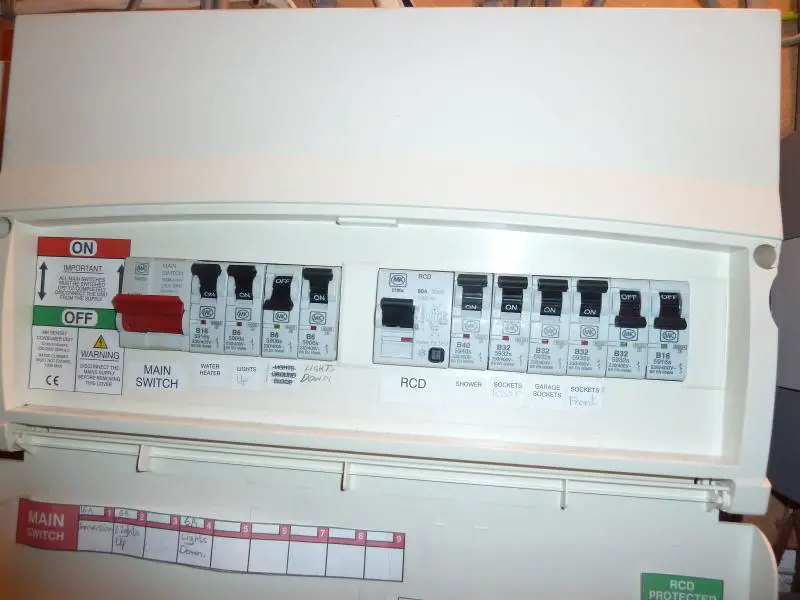Hi,
I've built a new kitchen extension, which will have a new ring main. The internal walls are Thermolite (Aerated) blocks, which I would like to dob and dab plaster, thus hiding the cables behind the plasterboard, as the floor is solid screed. The new Kitchen will have a free standing gas stove but with electric clock and oven light, and electric extractor hood, dishwasher and washing machine.
What type of back boxes, metal or plastic and depth would you recommend, and how deep should I be chasing them into the Thermalite block, or how proud of the Thermolite should I leave them? I think I need 2.5mm twin & earth cable, Screwfix reviews say that Prysmian is very good, but if you could confirm that as well please.
Thanks guys,
Andy.
I've built a new kitchen extension, which will have a new ring main. The internal walls are Thermolite (Aerated) blocks, which I would like to dob and dab plaster, thus hiding the cables behind the plasterboard, as the floor is solid screed. The new Kitchen will have a free standing gas stove but with electric clock and oven light, and electric extractor hood, dishwasher and washing machine.
What type of back boxes, metal or plastic and depth would you recommend, and how deep should I be chasing them into the Thermalite block, or how proud of the Thermolite should I leave them? I think I need 2.5mm twin & earth cable, Screwfix reviews say that Prysmian is very good, but if you could confirm that as well please.
Thanks guys,
Andy.



